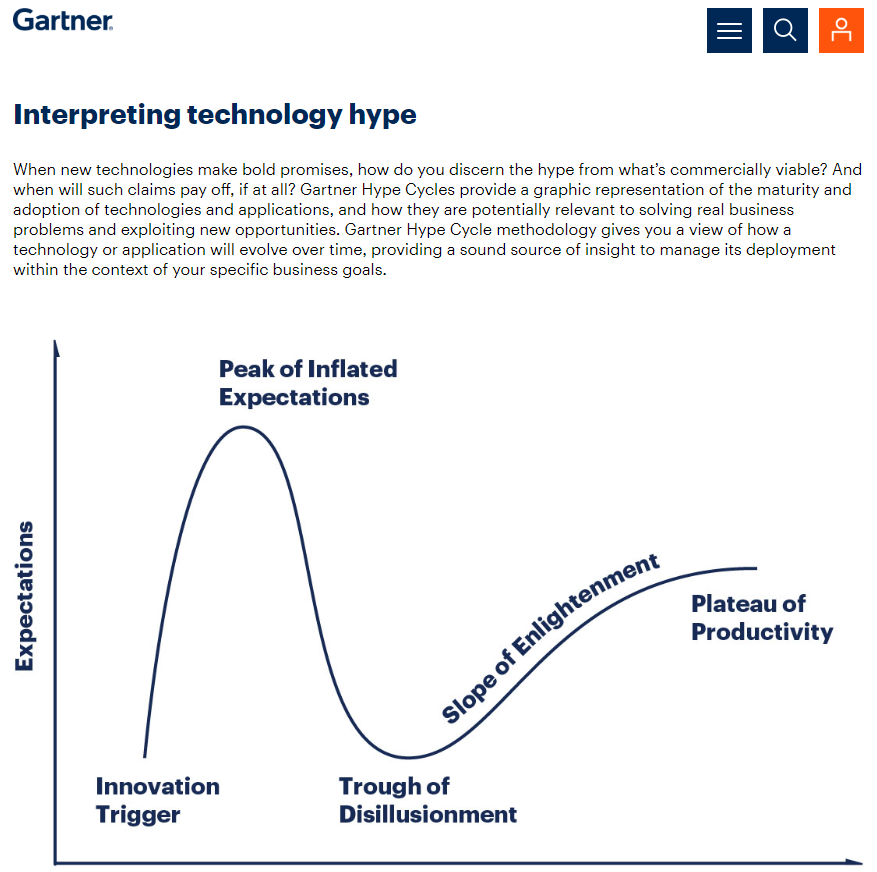Food for Thought from TRB 2019
The Future of Vehicle Travel
The 98th TRB Annual Meeting was focused on a theme of “Transportation for a Smart, Sustainable, and Equitable Future.” Limiting the theme to just three topics this year was probably a challenge, since TRB has more than 200 standing technical committees that produced over 800 sessions and workshops for the conference. With so much happening at the conference, summarizing the highlights is highly subjective. That said, below is some food for thought from the Meeting related to the future of vehicle travel.
Adding CAVs to freeways improves traffic flow.
This conclusion was drawn from research presented by Professor Alexandre Bayen from U.C. Berkeley. Professor Bayen demonstrated how a small percentage of connected autonomous vehicles (CAVs) programmed with machine learning could be added to existing traffic to help optimize traffic flows. This concept is labeled as a new traffic control framework called Flow. The CAVs would act as traffic control devices and could essentially replace traditional ramp meters and signals. One of the more impressive examples shared in Professor Bayen’s presentation was a simulation of how Flow could improve traffic operations through the San Francisco Bay Bridge in California (see the 2 minute mark in the video below). He was confident enough in Flow that he predicted this will be the primary method of traffic control within ten years. Of course, a part of the ‘if’ is whether researchers can convince decisions makers (and the public) that adding more vehicles to existing queues will reduce their traffic delays.
AVs will increase VMT and reduce transit ridership.
TRB presentations and posters were filled with multiple research approaches to understanding how AVs could influence future travel. Whether in the form of automated taxis or privately owned, the research consistently demonstrated that lowering the cost of using vehicles results in VMT increases and declines in transit ridership. Depending on the specific technical approach, VMT could increase by about 20-70% and transit ridership could decline by up to 50%. Higher increases in VMT tended to be associated with technical approaches that accounted for trips without any passengers. While public agencies would find these outcomes undesirable, the negative effects could be minimized or avoided through policy responses and countermeasures as demonstrated in the Fehr & Peers AV modeling.
The AV hype is heading toward disillusionment.
As AV manufacturers share more information about readiness and researchers investigate AV pilot performance, it is becoming clearer that hyped expectations about AVs operating in ‘revenue services’ (taxis and transportation network companies) by 2020 will be the exception and not the rule. Many challenges exist and researchers at TRB cautioned that AV expectations could quickly fall into the trough of disillusionment this year. This is all part of the hype cycle and the sooner it happens, the sooner more reasonable expectations can be established with regard to where AVs will operate, what they will carry (goods versus passengers – goods are replaceable while passengers are not), how they will influence traffic operations and safety, and when.
Learn more by contacting one of our industry experts.
Quick Links
© 2017 – 2024 Fehr & Peers. All rights reserved.



